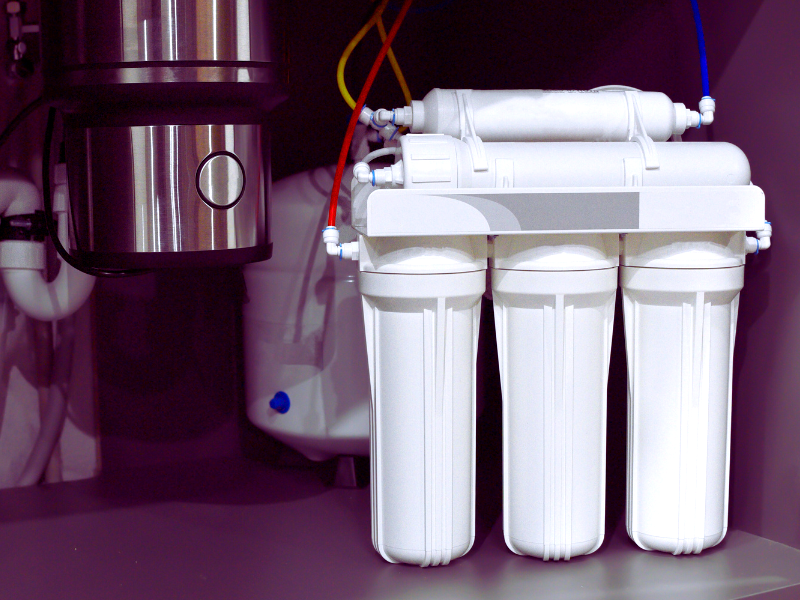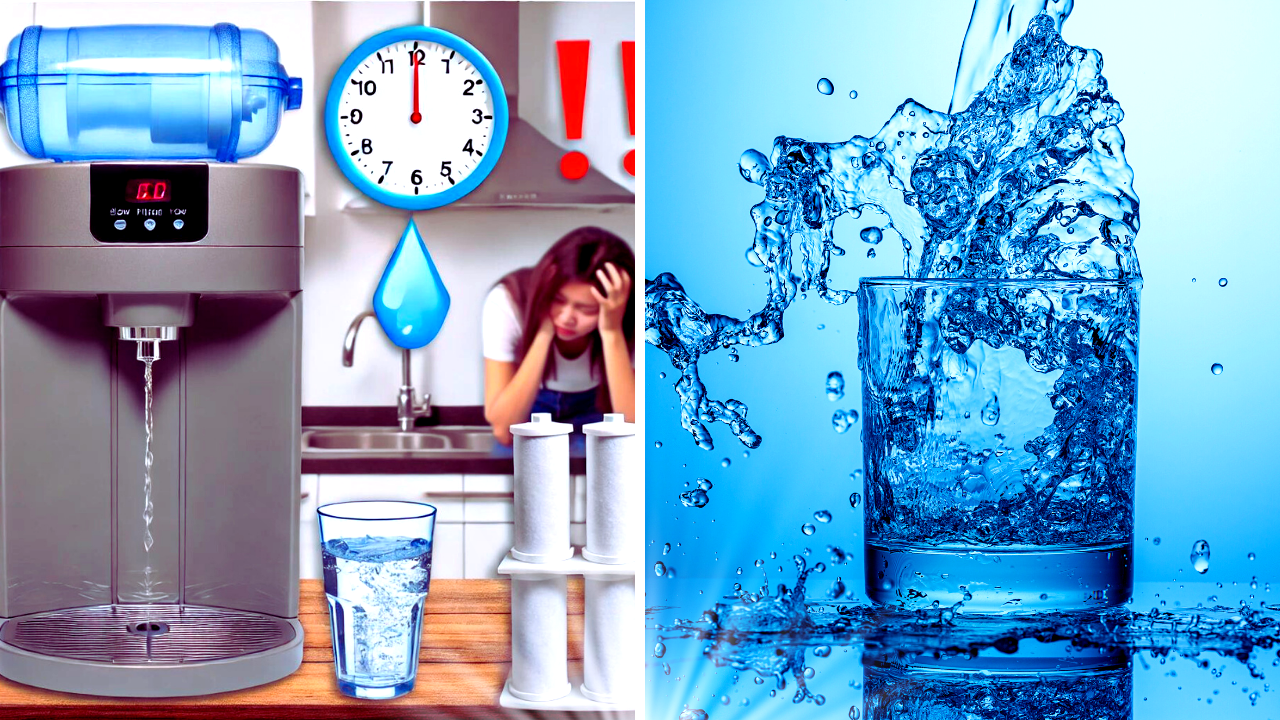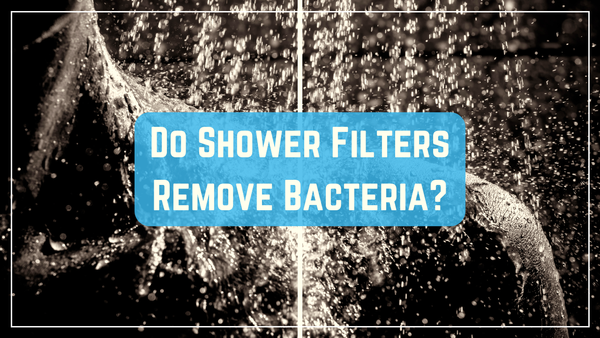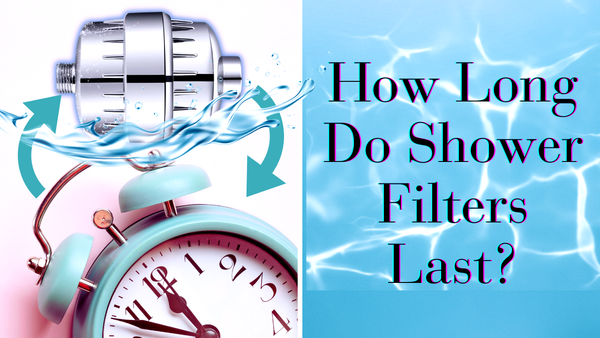Water filter dispensers have become a staple in many households, promising cleaner, better-tasting water. However, like any product, they come with their own set of drawbacks. This article delves into the disadvantages of water filter dispensers, providing a comprehensive look at what you might face when opting for these systems.
Key Takeaways:
- Maintenance and Cost: Regular upkeep and replacement parts can be expensive.
- Limited Filtration: Not all contaminants are removed, and beneficial minerals might be stripped away.
- Environmental Impact: Plastic waste and energy consumption are significant concerns.

Initial Cost and Installation of Water Filtration System
Water filter dispensers can be pricey upfront. The initial cost of purchasing a high-quality dispenser can be a significant investment compared to a house water filtration system. House water filtration systems, while offering comprehensive filtration, often come with higher initial costs and more complex installation requirements.
Additionally, the installation might require professional help, especially for more complex systems like whole-house water filters. This adds to the overall expense, making it less accessible for some households.
Moreover, the installation process can be cumbersome. For instance, reverse osmosis systems often need to be installed under the kitchen sink, which can be a hassle. This complexity can deter people looking for a quick and easy solution to improve their water quality.
Regular Maintenance and Replacement Parts for Activated Carbon Filters
One of the most significant disadvantages of a water filtration system is the need for regular maintenance of different types of systems, such as reverse osmosis, on-the-counter, under-sink, and whole-house water filters. Each type of water filtration system has specific maintenance requirements, which can vary in frequency and complexity.
Filters must be replaced periodically to ensure the system continues functioning effectively. This can be both time-consuming and costly. For example, activated carbon filters must be replaced every six months, while reverse osmosis systems may require annual maintenance.
The cost of replacement parts can add up over time. High-quality filters are not cheap, and neglecting to replace them can reduce effectiveness in removing contaminants. This ongoing expense can burden many households, making it a less cost-effective solution in the long run.
Limited Filtration Capabilities

While water purification through water filter dispensers effectively removes certain impurities, it has its limitations. Many systems, especially those using activated carbon filters, may not remove all harmful contaminants. For instance, heavy metals like lead and mercury might still be in the filtered water.
Additionally, some filtration systems can strip away beneficial minerals from the water. Minerals like calcium and magnesium are essential for health, and their removal can lead to deficiencies. This is particularly a concern with reverse osmosis systems, known for producing pure water but at the cost of losing these beneficial minerals.
Environmental Impact
Water purification systems contribute to plastic waste. The filters themselves are often made of plastic, and they need to be replaced regularly, leading to a significant amount of plastic waste over time. Moreover, many water filter dispensers are made from plastic materials, which can contribute to environmental pollution.
Different types of water purification systems have varying environmental impacts. For instance, Ultraviolet (UV) filters and infrared filtration systems may offer energy-efficient options, while others like reverse osmosis require electricity to operate, increasing energy consumption and carbon footprint. In a world increasingly focused on sustainability, this is a significant drawback.
Water Taste and Quality

While many people turn to water filter dispensers for better-tasting water, the results can be hit or miss. Some systems, particularly carbon filters, can leave a distinct taste in the water. This can be off-putting for some users, making them question the effectiveness of the filtration process.
Moreover, filtered water quality can vary depending on the system used. For example, sediment filters are excellent at removing large particles but may not be effective against dissolved solids. This inconsistency can be frustrating for users who expect consistent water quality.
Space and Aesthetics
Water filter dispensers, including whole-house filtration systems, can take up significant space. They require a dedicated area for installation, which can impact both space and aesthetics in your home. Even smaller countertops or under-sink models can be bulky, occupying valuable kitchen space.
Aesthetically, water filter dispensers may not always blend seamlessly with your kitchen decor. Some models can be quite utilitarian in appearance, which might not suit everyone’s taste. This can be a drawback for those who are particular about the look and feel of their kitchen.
Potential Health Risks from Harmful Contaminants

Improper maintenance of whole-house water filtration systems can lead to health problems. If filters are not replaced regularly, they can become breeding grounds for bacteria and other harmful microorganisms. This can lead to contaminated water, which can be risky for your health. Moreover, some filtration systems can remove chlorine from the water. While this might seem beneficial, chlorine is essential for killing harmful bacteria in the water supply. Removing it can lead to an increased risk of bacterial contamination, especially if the water is stored for extended periods.
Cost-Effectiveness
While water filter dispensers can save money in the long run by reducing the need for bottled water, the initial and ongoing costs can be high. The expense of purchasing the system, installing it, and maintaining it can add up quickly, making it a less cost-effective solution for some households.
Additionally, the cost of replacement filters can be a significant ongoing expense. High-quality filters are essential for effective filtration, but they are expensive. This can make water filter dispensers a less attractive option for those on a tight budget.
Limited Lifespan
Water filter dispensers have a limited lifespan. Over time, the filtration system's effectiveness can degrade, requiring the replacement of the entire unit. This can be expensive, especially for high-end systems like reverse osmosis. Moreover, the quality of the water supply can affect the system's lifespan. Hard water, for example, can cause scale buildup in the system, reducing its effectiveness and lifespan. This can lead to additional maintenance and replacement costs.
Inconsistent Performance

Water filter dispensers' performance can be inconsistent. Factors like water pressure, temperature, and the quality of the water supply can all affect how well the system works. This can lead to variations in filtered water quality, which can be frustrating for users. Moreover, some systems may require frequent adjustments to maintain optimal performance. This can be a hassle for users looking for a set-it-and-forget-it solution, and it can be a significant drawback.
Limited Capacity
Water filter dispensers have a limited capacity. This is particularly true for countertop and under-sink models, which can only filter a certain amount of water at a time. This can be a drawback for larger households or those with high water consumption.
Moreover, the limited capacity can lead to frequent refilling and maintenance. This can be inconvenient for users who need a constant supply of filtered water. The need for frequent refilling can be a significant drawback for busy households.
Potential for Leaks

Water filter dispensers can be prone to leaks. This is particularly true for systems that require complex installation, like reverse osmosis. Leaks can lead to water damage, which can be costly to repair.
Moreover, leaks can affect the performance of the filtration system. If the system is not properly sealed, it can reduce its effectiveness in removing contaminants. This can be a significant drawback for users who rely on the system for clean, safe drinking water.
Summary
Water filter dispensers offer many benefits, but they also come with various disadvantages. From the initial cost and installation to regular maintenance and environmental impact, several factors must be considered before investing in a water filter dispenser. While they can improve water quality and taste, they are not a one-size-fits-all solution. It's essential to weigh the pros and cons carefully to determine if a water filter dispenser is the right choice for your household.
FAQ
How often should I replace the filters in my water filter dispenser?
The filter replacement frequency depends on the filter type and the quality of your water supply. Generally, activated carbon filters should be replaced every six months, while reverse osmosis systems may require annual maintenance. Always refer to the manufacturer's guidelines for specific recommendations.
Can water filter dispensers remove all contaminants from tap water?
No, water filter dispensers cannot remove all contaminants. While they effectively eliminate certain impurities like chlorine and sediment, they may not be able to filter out heavy metals or dissolved solids. Choosing a system that meets your specific water quality needs is essential.
Are water filter dispensers environmentally friendly?
Water filter dispensers have both positive and negative environmental impacts. While they reduce the need for bottled water, they also contribute to plastic waste and energy consumption. Considering these factors is important when deciding whether a water filter dispenser is right for you.








